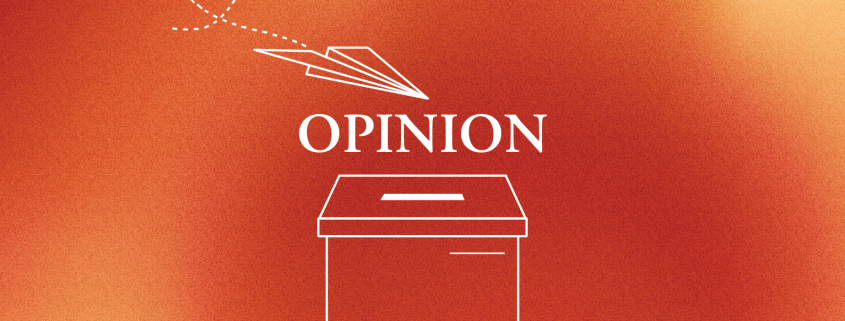Redefine the problematic standards of professionalism
I could never imagine myself in a stuffy office wearing an uncomfortable pantsuit and heels every day — partially because it’s not my personal style, and I don’t understand the necessity to perform this false persona in the first place.
Growing up in a low-income family, I never quite understood what it meant to be professional and watching YouTube videos on “How to Interview Well” could only take me so far. I had a distinct disadvantage when it came to job, scholarship and college interviews — it’s difficult to compete with people who have been gaining experience and rehearsing the metaphorical script their entire lives.
The semantics visually putting my best foot forward in the workplace was, at best, stupid and at worst, something more insidious. From implicit bias to socioeconomic inequality, the embarrassing range of obvious disadvantages shows we need to reevaluate everything that we consider “professional.”
Directly following my first internship interview, I drove home and tore off my frumpy looking secondhand interview clothing and just cried. I felt so unsightly and out of place after being in a sea of polished and expensive-looking interviewees. I was chock-full of shame in my ill fitting hand-me-down blazer, but this is exactly how the system of American professionalism intended to make me feel. Those from low-income communities were never even a consideration, and the exclusive design of professionalism makes us feel insecure, regardless of how qualified we are in actuality.
Research from The Gallup Center for Black Voices found that one in four Black and Latinx employees experienced overt workplace discrimination in the past year alone — a disturbing figure that fails to account for other communities of color and their experiences with workplace discrimination. It’s hard to pinpoint why these experiences occur, but let’s start with implicit bias.
First impressions are everything, especially at work. However, workplaces often fail to acknowledge how implicit bias stemming from conceptions of professionalism hurts potential candidates of color.
With employment prospects looking as bleak as they already do for people of color, there remains the need to address how the effects of implicit bias bleed into day to day employment. The Gallup Center reports that one in three Black adults have experienced microaggressions in the workplace where they cite instances of overt disrespect, attitudes of superiority and fear toward the individual. Working alongside racist and classist individuals is alarmingly common and many workplaces continue to turn a blind eye to anything that is not undisguised racism.
According to Fortune magazine, nearly 90% of Fortune 500 companies are headed by white male CEOs. The discrepancy in diversity in highly sought-after companies begins to make sense as white male CEOs find it easier to hire people who look, act and think like them. Exclusively hiring individuals that are similar to us in background, appearance or interests is a shining and rather overt example of affinity bias.
It is becoming increasingly customary for employers to seek out fellow alumni to hire at their companies, and although this means good job prospects for students attending prestigious universities, this kind of recruiting once again puts low-income Black and Indigenous people of color at an unfair disadvantage.
Prestigious institutions are inherently elitist, from their expectations of academic and extracurricular rigor to the actual price tag of aforementioned institutions. These recruiting practices assume that any other candidate is automatically “second rate.” Going to a prestigious university does not mean that a student is automatically deserving or of a certain caliber — for example, the entirety of the Varsity Blues scandal. Likewise, it also does not mean that students who do not attend prestigious institutions are not any less deserving of plentiful job prospects.
Seeking employment is already hard enough even with a degree from a top university. Having to jump through hoops such as implicit bias, professionalism standards and classism just to gain admission is modern-day personal hell for low-income Black, Indigenous and people of color. Having to adhere to certain behaviors and still not having any guarantees of success is extremely disheartening and exhausting. Addressing these practices is a step, albeit a tiny one, to fix a rigged system that never intended communities of color to succeed professionally.

